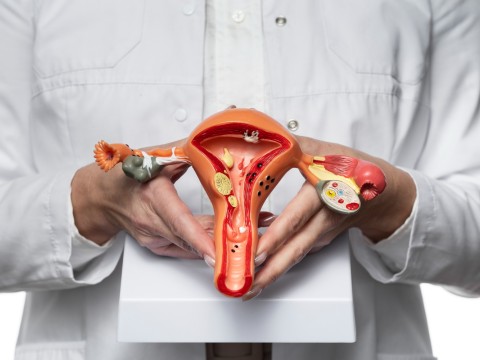Quote of Doç. Dr. İlkin Yeral
Hysteroscopic surgery is a minimally invasive surgical procedure to diagnose and treat abnormalities of the uterus, such as abnormal bleeding, polyps, fibroids, or adhesions. It involves the insertion of the hysteroscope-a thin, lighted tube with a camera at its tip-through the vagina and cervix into the uterus. This enables the surgeon to view the inside of the uterus on the monitor and do several surgical acts via small instruments passed through the hysteroscope.
The following are some of the common surgeries with hysteroscopes:
1. Diagnostic Hysteroscopy: It is performed for the diagnosis of the reason for abnormal bleeding or other abnormalities in the uterus. Sometimes, tissue samples are taken for further investigation.
2. Operative Hysteroscopy: It corrects or treats the problems of the uterus detected by diagnostic hysteroscopy. It can include the removal of polyps, fibroids, or adhesions and correcting the uterine septum-a condition where the uterus is divided into two sections by a wall of tissue.
3. Endometrial Ablation: It is a procedure to treat heavy menstrual bleeding whereby the lining of the uterus, the endometrium, is removed via ablation.
4. Myomectomy: This is the removal of uterine fibroids, which are non-cancerous growths in the uterus that may be causing symptoms.
Hysteroscopic surgeries are preferred over traditional open surgeries, known as laparotomy, since they are less invasive, involve fewer risks, and usually have shorter recovery times.
- Health Insurance
-
Accommodation
- Online Healthy Life Assistant 9/5
- Post - Experience Follow Up 6 Month
-
Extra Privileges

- Health Insurance
-
Accommodation
- Online Healthy Life Assistant 24/7
- Post - Experience Follow Up 1 Year
- Pre-Treatment Doctor Consultation
-
Extra Privileges

 Private
Private
- Health Insurance
- Healthy Life Butler
- Post - Experience Follow Up 2 Year
- World-Famous Doctor Consultation
-
Extra Privileges
No suitable hotel found for the relevant dates!
* Price varies depending on extra and upgrade selections.




